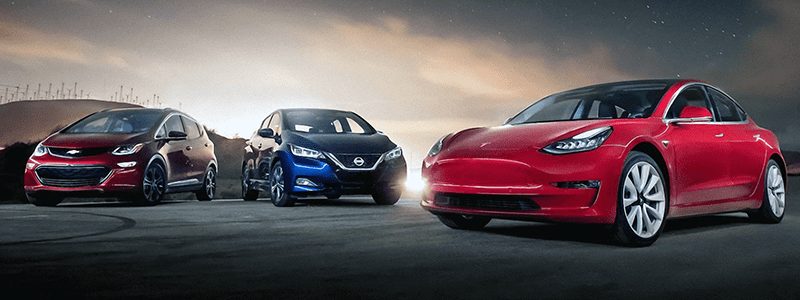 Looking ahead, even one year, can be very tricky. Last year we nominated one brand and two models as potentially doing well in 2017 and we were somewhat right with them: Honda did gain market share at +0,7% compared to -5% for the overall market, and that’s not a bad performance at all for a brand that’s not known for its huge swings in sales or share thanks to a stable product range, low fleet sales and apathetic approach to incentives.
Looking ahead, even one year, can be very tricky. Last year we nominated one brand and two models as potentially doing well in 2017 and we were somewhat right with them: Honda did gain market share at +0,7% compared to -5% for the overall market, and that’s not a bad performance at all for a brand that’s not known for its huge swings in sales or share thanks to a stable product range, low fleet sales and apathetic approach to incentives.
On the other hand, its two best sellers CR-V and Civic were new for this year so we did expect the brand to do better than it ended up doing. Part of the reason for falling behind on our optimistic expectations is the slow launch of the new generation Accord, which should keep the brand afloat in 2018 again. The Jeep Compass has been launched in the second half of the year and has been up by more than 30% on the outgoing model since. However, the Compass replaces not one but two models as the Patriot is discontinued as well, and these models account for 93,000 of Jeep‘s 101,000 unit volume decline in 2017. However, keep in mind that this was to be expected as last year’s sales of especially the Patriot were for a large part fleet sales, and its handful of retail sales were boosted by heavy incentive spending. The new model has a much higher retail share and higher ATP (Average Transaction Price) and can therefore still be considered a success. The Volkswagen Atlas is still gaining traction and peaked in December at just over 6.000 sales, making it the best selling new nameplate in 2017. Compare that to 3.250 sales for the Mazda CX-9, 5.550 sales for the Dodge Durango and 6.050 sales for the Nissan Pathfinder (although this was a particularly weak month for that model), and a top-10 position in the segment is within reach.
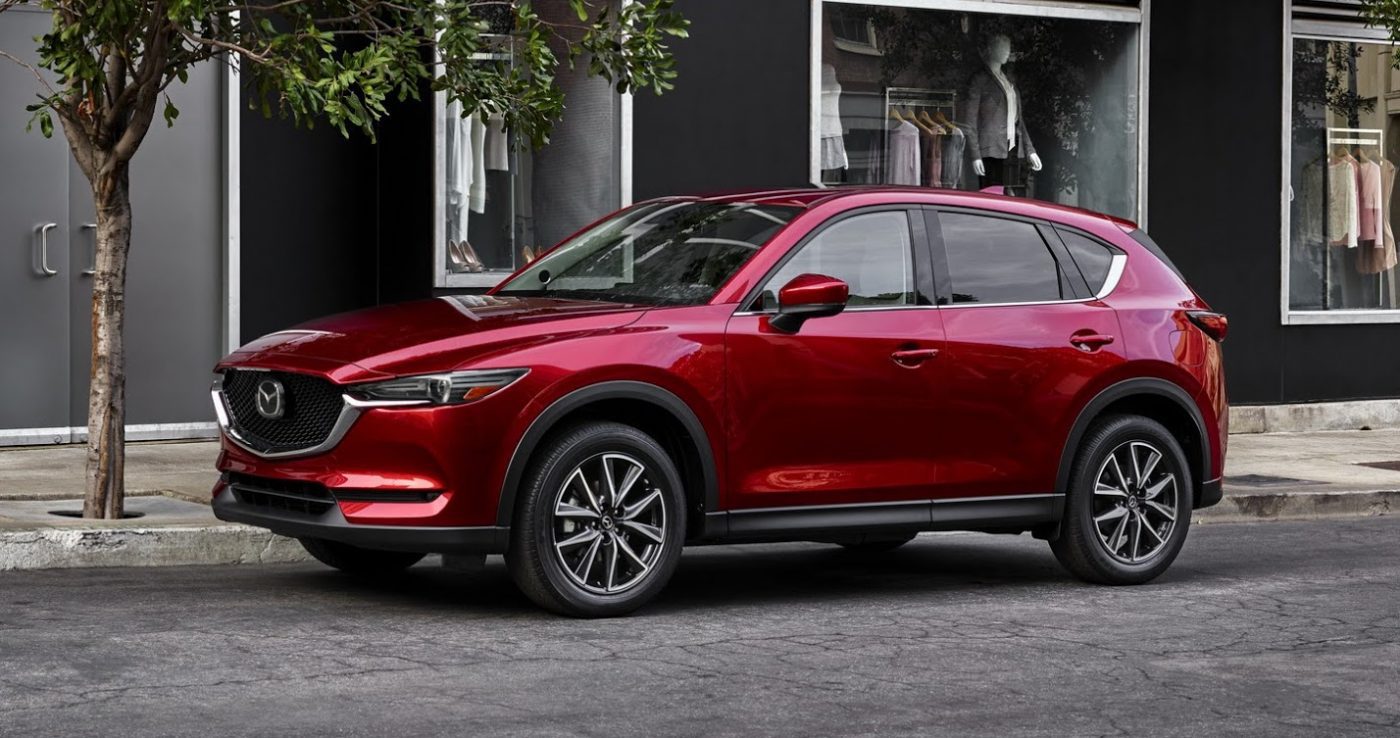 We also predicted one brand and two models as potentially tanking in 2017 and we were right about just one of them: Hyundai–Kia sales really tanked last year and they are featured in our disappointments of 2017 list for that reason. The Mazda CX-5 may have disappointed in how revolutionary its design was, but in terms of sales the nameplate had its best-ever year in the US and can hardly be called a disappointment. The Volvo S90 was off to a slow start, but reached a momentum of well over 10.000 annual sales in the second half, and that’s a figure its predecessor S80 hasn’t hit since 2008. It outsold the Cadillac CTS in the second half and was on par with the Lincoln Continental. While that may not make it a straight-up success, it’s certainly not a failure. For that we should have bet on the V90 station wagon and V90 Cross Country, which sold less than 2.500 units among them and even their second half sales pace was way off what we’ve been used to from the XC70 in recent years.
We also predicted one brand and two models as potentially tanking in 2017 and we were right about just one of them: Hyundai–Kia sales really tanked last year and they are featured in our disappointments of 2017 list for that reason. The Mazda CX-5 may have disappointed in how revolutionary its design was, but in terms of sales the nameplate had its best-ever year in the US and can hardly be called a disappointment. The Volvo S90 was off to a slow start, but reached a momentum of well over 10.000 annual sales in the second half, and that’s a figure its predecessor S80 hasn’t hit since 2008. It outsold the Cadillac CTS in the second half and was on par with the Lincoln Continental. While that may not make it a straight-up success, it’s certainly not a failure. For that we should have bet on the V90 station wagon and V90 Cross Country, which sold less than 2.500 units among them and even their second half sales pace was way off what we’ve been used to from the XC70 in recent years.
Now that we’ve covered our bases in regards to 2017, here are our predictions for 2018: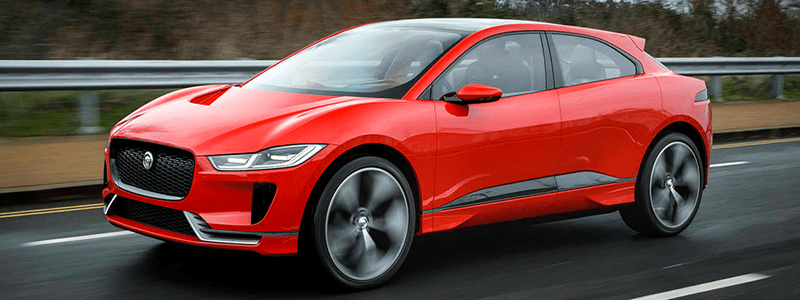
1. Plug-in vehicles: success
EV and PHEV sales in the United States increased 26% in 2017 to just shy of 200,000 sales. At just 1.16% of the overall market (over 1% for the first time), there is plenty of room to grow, especially considering these figures stand at almost 2% in Europe and an impressive yet government incentive induced 4,7% in China. As the supply grows with new manufacturers entering the segment and key players being launched or renewed, and the California Air Resources Board tightens its standards for once again, 2018 is widely expected to be the breakthrough year for plug-in vehicles. The most notable development in the segment will of course be the Tesla Model 3 finally hitting full speed production, although it remains unsure when the brand will reach its production target of 5,000 units a week which had initially been promised for the end of 2017.
The Chevrolet Bolt EV will enjoy its first full year of nationwide availability and will face competition from the new generation Nissan Leaf. Other notable new electric cars to be launched in 2018 are the Jaguar I-Pace, the EV version of the Kia Niro crossover and later in the year the Audi e-Tron SUV and the Mercedes-Benz EQC. The real expansion in offerings will take place in the PHEV segment, with the Mitsubishi Outlander PHEV finally landing Stateside last December, and Volvo ready to launch a PHEV version of its upcoming XC40. The Honda Clarity PHEV showed some potential in December, leaving us wondering why the new Insight won’t be a plug-in hybrid. Some analysts estimate the Model 3 to deliver as much as 150,000 units in 2018, which would mean there’s a potential plug-in vehicle sales could double to 400,000 sales if the competition also continues to increase their deliveries, potentially helped by the media coverage of the Model 3 hype.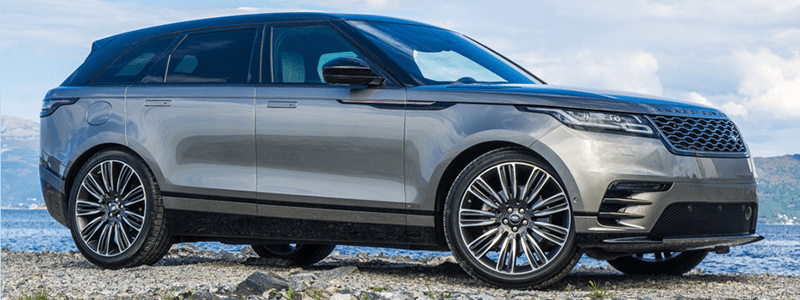
2. Jaguar-Land Rover: success
The British brands have flourished under Indian ownership as their line-ups have expanded. Especially Jaguar has made some great progress in recent years, culminating in the highest US volume for the brand since 2005, helped mostly thanks to the introduction of its first-ever crossover, the F-Pace. 2018 will see 2 more Jaguar crossovers hit the market: the smaller E-Pace and the all-electric I-Pace as mentioned above. Especially the former should be able to give the brand another significant boost in terms of sales, with the latter not only adding volume but also establishing the brand as a technology leader, beating its German rivals to the market with an electric crossover. Jaguar peaked in the US at over 60,000 sales in 2002 thanks to the X-type sedan, and to beat that figure it needs to improve its sales by another 50%. That’s unlikely to happen in 2018 but it should be able to accellerate its growth rate and reach 50,000 sales for the first time since 2003.
Land Rover meanwhile did set a new record for US sales, although a 1.2% increase was not such a big deal. The new Range Rover Velar, launched last August, became the brand’s best seller in only its third month of sales and seems to attract new customers to the showrooms of the British brand. All other nameplates remained impressively stable in 2017, except for the Discovery which has been renewed last year. The Disco was still ramping up at the end of 2017, hitting a high of 1,000 sales in December and that means it’s likely to double its volume in 2018. With demand for crossovers and SUVs seemingly unstoppable, Land Rover is perfectly positioned to take advantage of that.
The only sidenote we have to make is the continued slowdown of the luxury segment, which naturally also affects these two brands. But the reasons above should be strong enough for them to weather the storm and improve their share of the segment once again.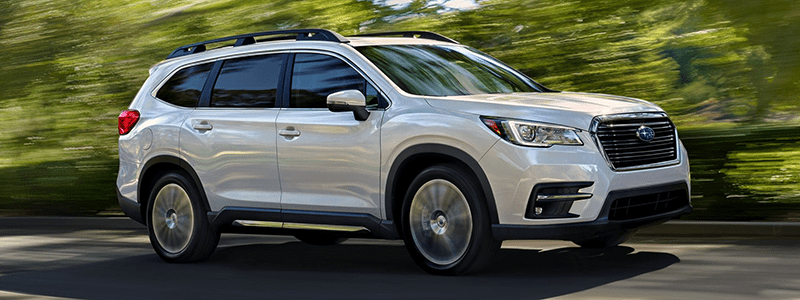
3. Subaru Ascent: success
We’ve said it before: it seems Subaru simply can not fail in the US and the rise of crossovers in unstoppable, combine the two and it must be a guaranteed hit. In fact, one may wonder what took the brand so long (hint: they were still recovering from the Tribeca). And while the Ascent has caught some flack for being utterly anonymous and uninspired, but that’s exactly the kind of strategy that’s brought Subaru its success in recent years. Its line-up of models that offered middle-of-the-road styling with little to set them apart, class-average dimensions, and a focus on safety and practicality, the brand has enjoyed 73 consecutive months of yearly month-over-month growth, 10 consecutive years of sales increases of which 9 consecutive years of record sales. In that period, Subaru more than tripled its sales and market share and moved from #21 to #8 in the US brand ranking, passing Kia in 2017 and closing in on Hyundai. The Ascent will help the brand surpass the Korean brand in 2018 to become the #7 brand as it could easily add another 100,000 sales to the brand’s sales figures, depending on whether it can ramp up customer deliveries quickly enough.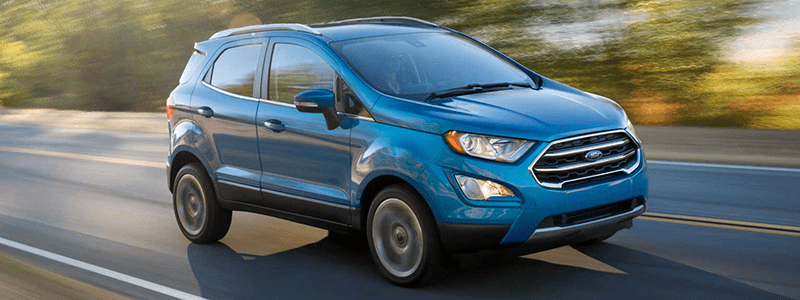
4. Ford EcoSport: disappointment
Ever since its launch in Europe, the EcoSport has been considered the nail on the coffin of the One Ford strategy that many consider failed. While it makes sense from a production and development point of view to sell the same vehicles all across the world, the reality from a sales and marketing point of view is somewhat different. People in different parts of the world have different tastes and requirements when it comes to their cars. Only the luxury brands seem able to pull this off, but a vehicle that perfectly matches the demands of budget/mainstream buyers in India and Brazil doesn’t necessarily translate into a great proposition for markets like Europe and North America. Sure, Ford has consistently updated the European EcoSport over the last few years and will bring those improvements to the US as well, but the car is still behind its targeted rivals in terms of ride, interior quality and, though this is personal preference, design. There’s no way this car is a match for strong competitors like the Jeep Renegade, Buick Encore and Honda HR-V. Nissan is pulling the same trick by replacing the funky Juke with the Kicks, and it remains to be seen if that model is able to hit the same sales figures as its predecessor that basically started the segment in North America. The segment has grown in the meantime, but the competition has become much fiercer. The EcoSport just doesn’t seem up to the task, but it will still sell in decent numbers just because of the Blue Oval in its grille and the thousands of dealerships pushing the model. I don’t think it will be a top-4 player in the segment, though.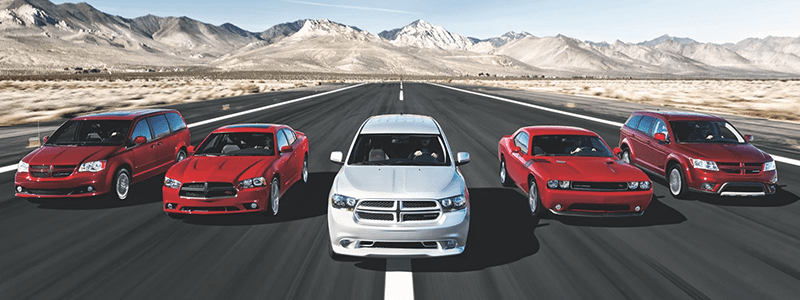
5. FCA, except for Jeep and RAM
Jeep and RAM are well-positioned to have a strong 2018, as Jeep will enjoy a full year of Compass sales, the all-new Wrangler and an updated, less controversially styled Cherokee, and RAM will have a new generation Pick up in showrooms, while keeping the current version on sale alongside it to cover the lower end of that market. But FCA’s other brands will continue to struggle. Chrysler is down to 2 models, the Pacifica which plays in a shrinking MPV segment and faces competition from updated models of Honda and Kia, and the aging 300 sedan that was last updated in 2014. Dodge still heavily relies on the Grand Caravan which has been resurrected and updated to conform to safety regulations, but has a very unhealthy ratio of retail vs rental fleet sales. The brand has little to no news this year, even the aging Journey won’t be replaced until 2019 on Alfa Romeo‘s RWD platform. The Dart and Viper have been axed and the brand is trying to keep interest in the Charger and Challenger going by continuing to launch special editions, but no real news is to be expected for another couple of years.
Struggling Fiat won’t have much news this year except for a slightly updated 500 minicar, which means the brand could drop below 20,000 sales in 2018, the lowest figure since its relaunch in 2011 and hardly a sustainable figure, especially with a 4-model line up. Alfa Romeo will continue to grow thanks to the Stelvio crossover, but won’t bring in any significant volume to offset losses at the other brands, and Maserati is facing an end to its growth as the Levante SUV enters its second full year of sales and the only news for the brand is an update of the Ghibli sedan in late 2018. FCA has shown with a reduction in rental sales for Jeep in 2017 that it’s serious about prioritizing profit over volume, but with a difficult year ahead for most of its brands, and factories running under capacity, it remains to be seen if the company can resist in 2018.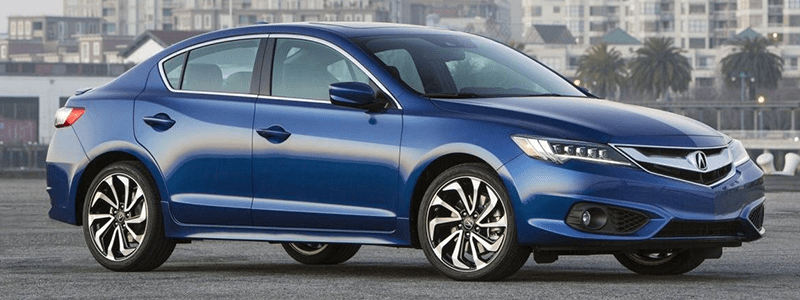
6. Luxury brands: disappointment
As you have read in our disappointments of 2017 article, luxury sedans were among the losers of last year and this trend will continue in 2018. Luxury brands have outgrown the overall market in recent years on low lease rates thanks to high residual values, the switch from cars to crossovers in which luxury brands had an edge over their mainstream rivals, a move downmarket with ever smaller and decontented models and a booming economy. Now it’s time for the mainstream brands to play catch up as they’ve reduced the gap in quality and refinement, expanded their crossover line-up and customers are becoming more conscious of value-for-money again. Some mainstream brands are even directly targeting luxury brands, for example Kia with its Stinger sports sedan and Buick with its Avenir premium line.
One wildcard the luxury brands still hold is crossover EVs. Jaguar is launching the I-Pace this year (there it is again!), Audi the e-Tron SUV and Mercedes-Benz the EQC crossover, while even more of them continue to expand their crossover PHEV offerings. These last ones might not set the world on fire from a sales perspective, but considering they are a placeholder until their full EVs are ready to hit the market, they do show that the premium manufacturers are way ahead in this field.








